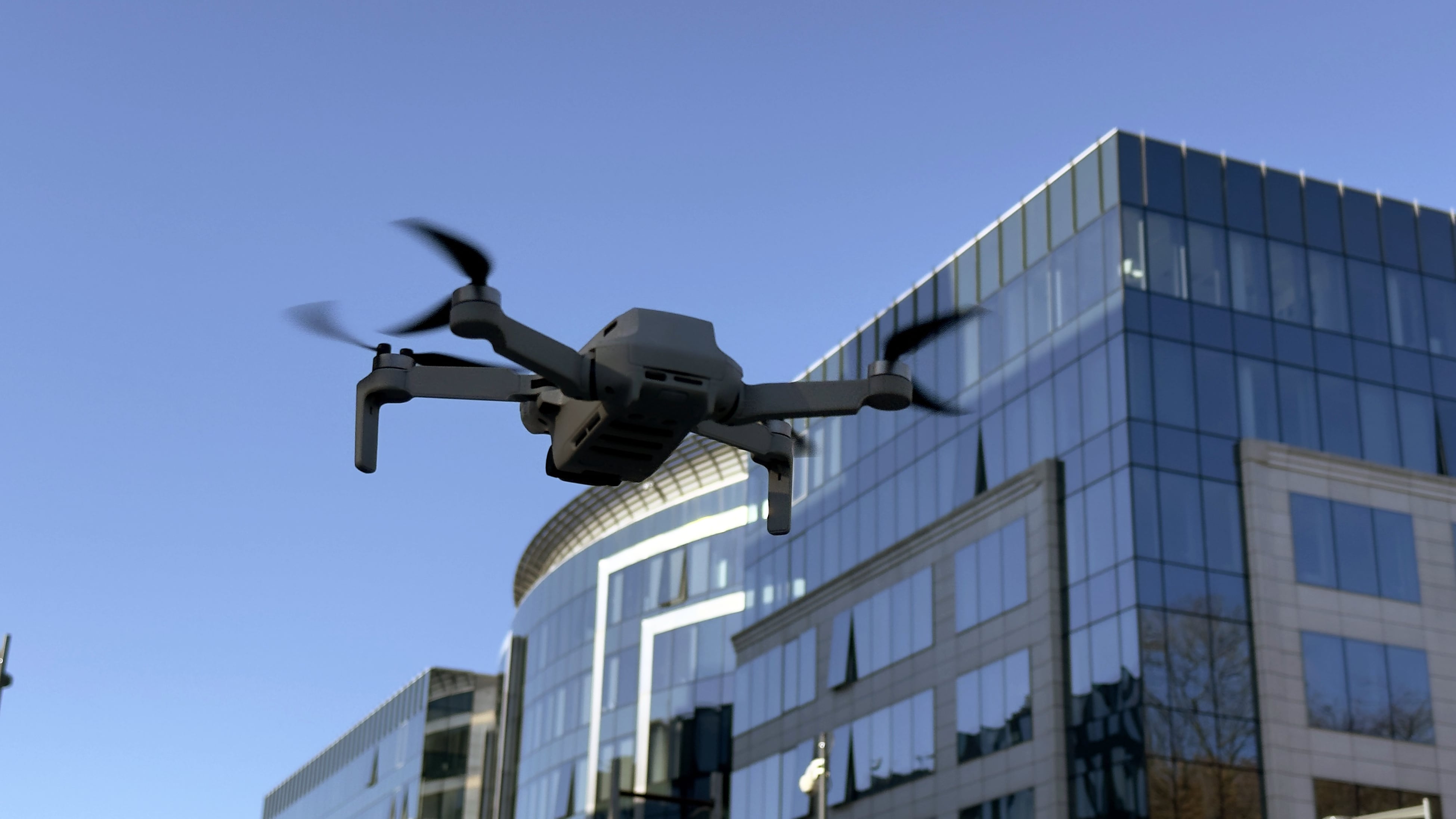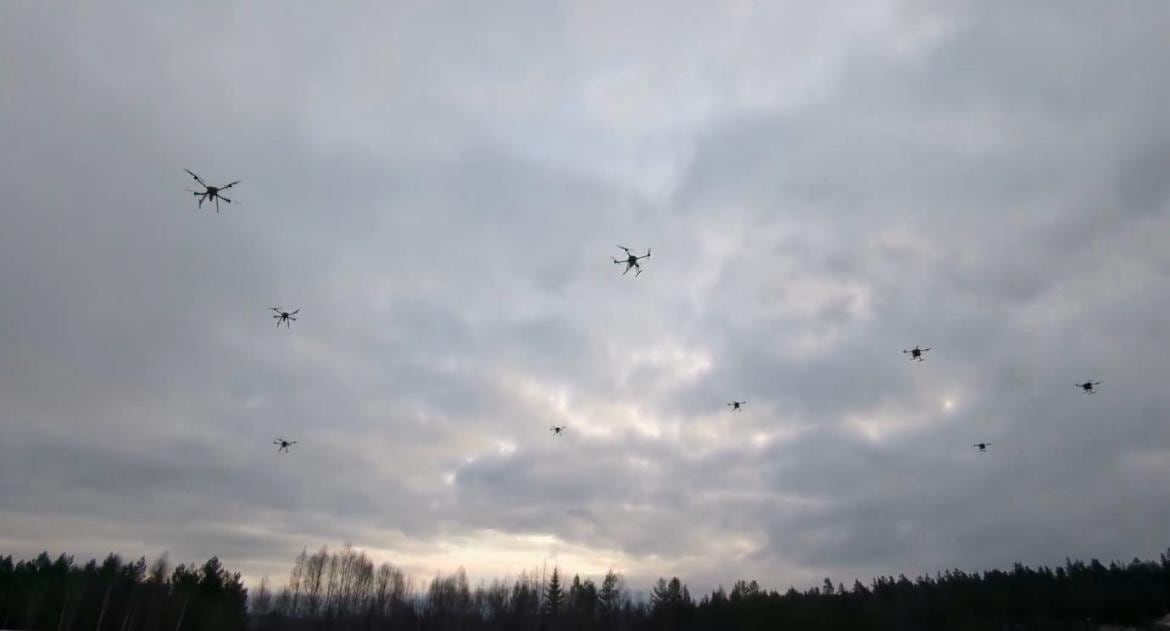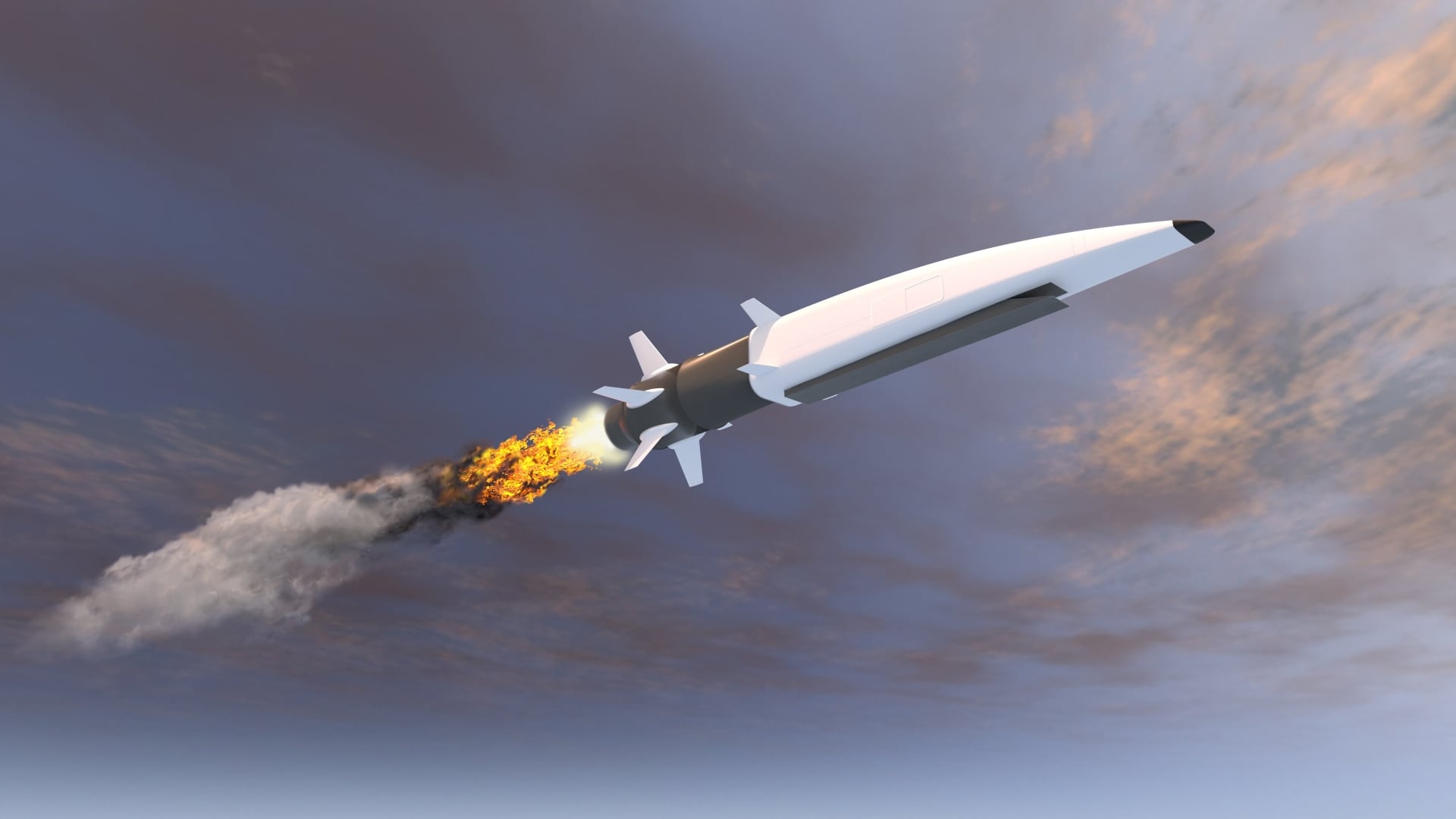When officials at the U.S. Transportation Command need to tweak command and control applications, the process often includes writing the same piece of code as many as 72 times.
But the command has begun migrating a range of major systems onto the cloud, in a way that could potentially make greater use of the cloud’s inherent efficiencies and in the process, avoid such repetitive work.
Other military cloud implementations have focused on leveraging cloud as in infrastructure, a means of paring down an excessive number of data centers. USTRANSCOM is taking a slightly different approach, using cloud as a means of service delivery. This strategy, known as Platform as a Service of PaaS, is becoming increasing common in the commercial sector.
Typically, Defense agencies “want to do data consolidation and get rid of what they have on premise. But they are not taking advantage of what the cloud offers in terms of automation. The cloud gives you a platform that can eliminate all sorts of redundancies across your portfolio,” said Air Force Lt. Col. John (JJ) Riester, deputy chief of the enterprise infrastructure portfolio and support division within the command, control, communications and cyber systems directorate.
Take for example the command and control applications that drive military transportation: There are 72 of them. By leveraging the cloud, “we can code it just once and utilize it across the enterprise,” Riester said.
While this power has not yet been widely recognized in defense, the civilian sector has picked up on it. Grand View Research analysts predict the PaaS market will reach $2.7 billion by 2025, driven by a “rising need of advanced systems to improve the process of deploying, developing, and managing enterprise applications”.
More resilient
Planners at USTRANSCOM began seeking a cloud solution in January 2017 after noticing what they describe as resiliency gaps in their existing systems.
Too many applications were being funneled through a single data center, creating a potential single point of failure that might jeopardize the entire enterprise. By distributing applications in the cloud, they decided, the agency could mitigate that risk.
Unlike a conventional data center, cloud offered a flexible infrastructure that could adapt to spikes in traffic, “an infrastructure that changes on demand,” said Air Force Lt. Col. Ross Morrell, chief of the cyber security division within the command, control, communications and cyber systems directorate. This offered the agency a robust means to keep pace with user needs and sidestep any potential logjams.
Last summer the team stood up five applications in the cloud for testing and demonstrations. They spent the fall fine tuning and by December had brought almost 20 applications online. They plan to shift all 72 applications to the cloud by July 2018.
The gradual phase-in has allowed them to work out some kinks, for instance in the configuration of certain servers.
“Our initial architecture was a little simple for what we were trying to do. We didn’t realize we needed to have a more robust design, and that really showed up as soon as we tried to bring up that services,” Morrell said.
It took just 12 days for engineers to reconfigure the system in that case, thanks in part to the flexible nature of the architecture. “Cloud allows us to try things and fail quickly, and fix them quickly,” said Wes Schooley, chief of the enterprise engineering branch in the Command, Control, Communications and Cyber Systems Directorate.
TRANSCOM’s planners have not settled on a cloud provider yet – the whole setup is still in prototype – but they say they will eventually use a commercial provider rather than host the cloud solution themselves. Industry already is deeply invested in cloud technologies, and they’re looking to leverage those capabilities, especially in regard to cybersecurity.
“We want to take advantage of commercial best practices,” Schooley said. “With commercial solutions we can take in a new technology in a matter of days or weeks, which considerably enhances our security profile as we respond to changing threats in the environments.”
Ultimately USTRANSCOM plans to use PaaS as the staging ground for a broad range of applications in support of military transportation, anything from customs clearance forms to customer manifests to calculators designed to ensure a seamless supply chain across the military enterprise.
They’ll be better able to do this, they say, when computing infrastructure needs are shifting outside the usual database arrangement.
“We are getting out of the hardware business,” Morrell said. “Now we can turn our focus on the software components and the services we want to deliver, without having to be burdened down by the care and feeding of infrastructure.”








